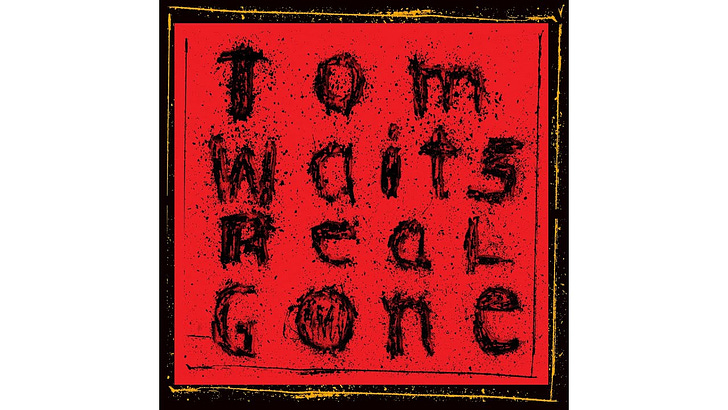Every Tom Waits Song is an email newsletter covering just that, in alphabetical order. Find more info here and sign up to get it sent straight to your inbox:
Real Gone is a funny album. It was billed as Tom’s hardest, most aggressive, industrial album yet. In their review, The Guardian said it was his “moment to abandon his piano and begin human beatboxing.” They called his “tortured guttural hacking” “impressively horrifying.”
This is in a 4-star review, no less!
SPIN called it “totally grimy,” Rolling Stone noted he “bellows…like he’s been knocking back pure lava,” and Pitchfork wrote the album “lurches along like a junk-heap jalopy, unsteady and unsafe, bits flying off in every direction, stopping, starting, and bouncing in pain.”
My favorite quote is this one: “Real Gone is an electric pill box, a homogeneous concoction of mood elevators, mind liberators and downers, an alchemical universe of rattling chains, oscillating rhythms and nine-pound hammers.”
That one comes from Tom Waits himself.
The album cover, blood red with the letters etched like someone carving days on a prison cell wall, reinforces that feeling. And it’s not entirely wrong. But what all the hype about how dark, heavy, angry, weird the album is overlooks another side of it: The beautiful ballads.
Last week, we explored “Day After Tomorrow,” which embodies next to none of the qualities all those reviewers wrote about. And today we hit “Dead and Lovely,” yet another beautiful ballad that doesn’t fit the Real Gone narrative.
“Dead and Lovely” is a simple recording, featuring guitar from Marc Ribot (that solo is gorgeous), bass from Larry Taylor, and brushed drums Tom’s son Casey. One of those press narratives around Real Gone was “no piano,” but you could easily imagine Tom playing this song on the ivories.
Lyrically, the song is essentially a murder ballad, albeit a fairly oblique one (and not one from the point of view of the murderer, as so many are). It was inspired by a famous maybe-murder, of Hollywood celebrity Carol Wayne. Wayne was a fixture of the Tonight Show during the ‘70s, a buxom beauty who would appear alongside Johnny Carson in sketches called “Tea Time Movies with Art Fern”:
The good times wouldn’t last. An article titled “The Strange Death of Carol Wayne” reports:
Carol Wayne's troubles started in 1980 when Johnny Carson threatened to quit his lucrative role as host of the popular 'Tonight' show. He demanded that NBC cut the show from ninety-minutes to sixty… The new sixty-minute format meant that Carson had less time for skits starring familiar characters like Aunt Blabby, Floyd R. Turbo, and Art Fern.
As a result, Carol Wayne's appearances on the 'Tonight' show became fewer and farther between.
Carol Wayne was no longer in demand for daytime game show appearances either, that genre was dying on the vine. In 1980, she divorced her husband, bestselling writer Burt Sugarman.
Things spiraled quickly. I’ll spare you the macabre details; you can read them at that article. Suffice to say, five years later, during a trip to Mexico with a Los Angeles car salesman, she was found dead at 42 after a reported argument. Charges were never filed, but “Mexican authorities wondered how Carol Wayne came to drown in waters four feet deep, fully clothed.”
On an American Routes interview in 2005, when asked about “Dead and Lovely,” Waits made the connection explicit. “You know what I was thinking about? There was a gal named Carol Wayne, who used to be on the Tonight Show. And she did goofy dumb blonde stuff, you know. And she was real shapely and she died in Mexico and I don't know if they ever solved the crime or not. It always made me kinda sad."


